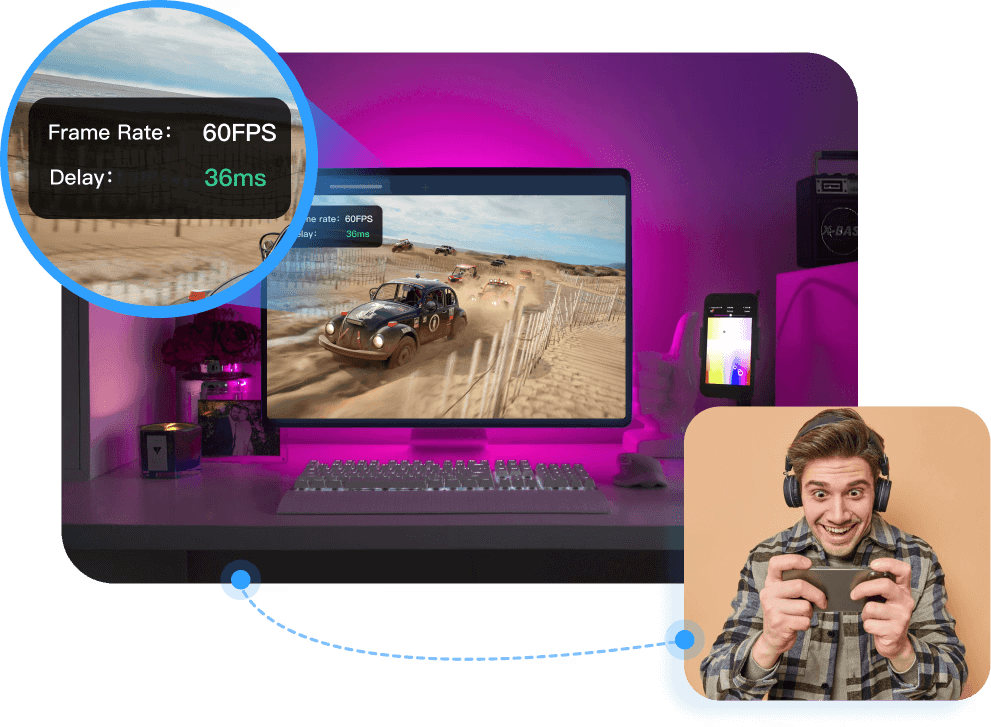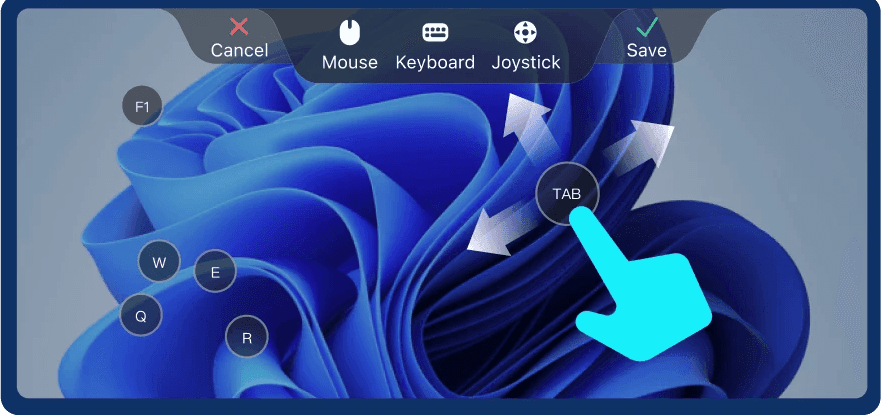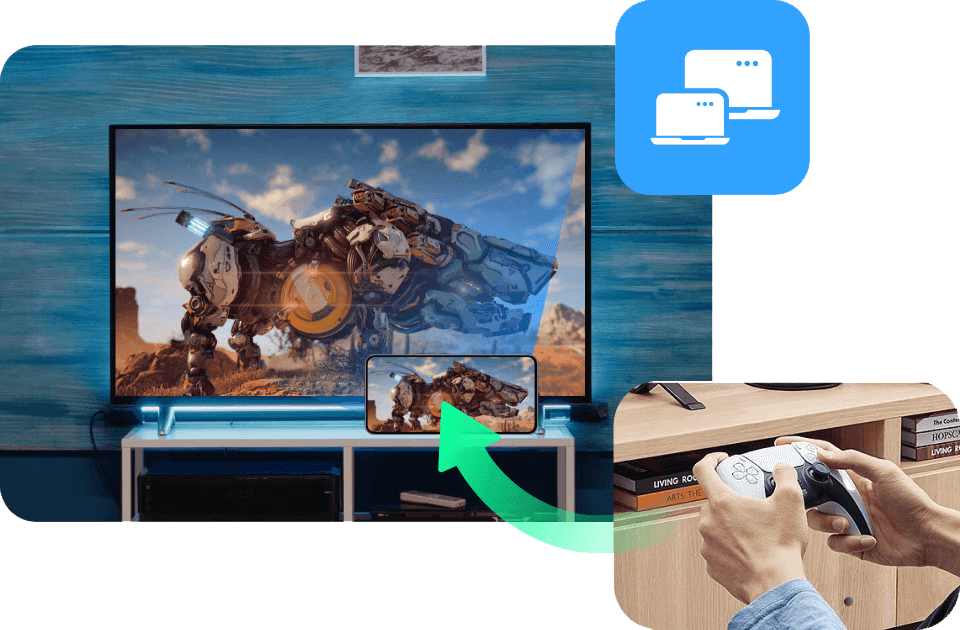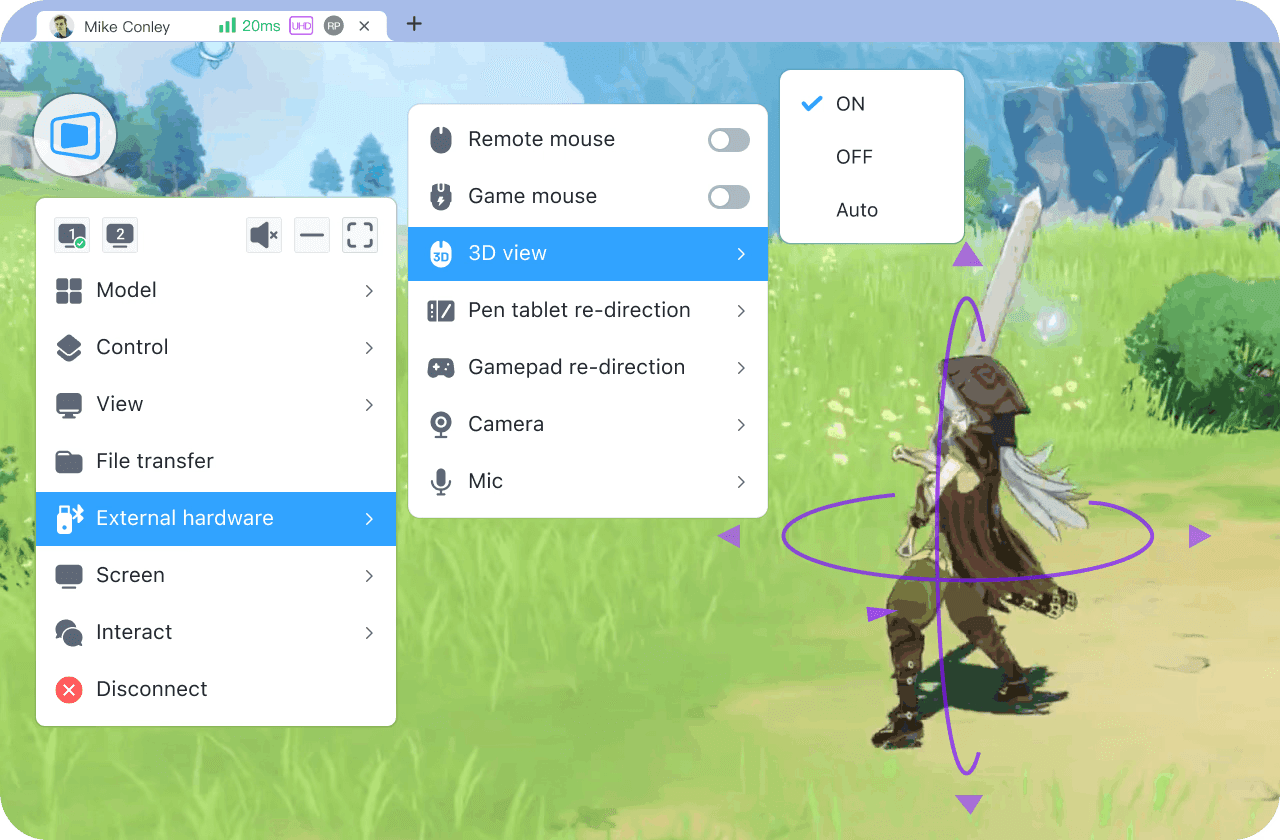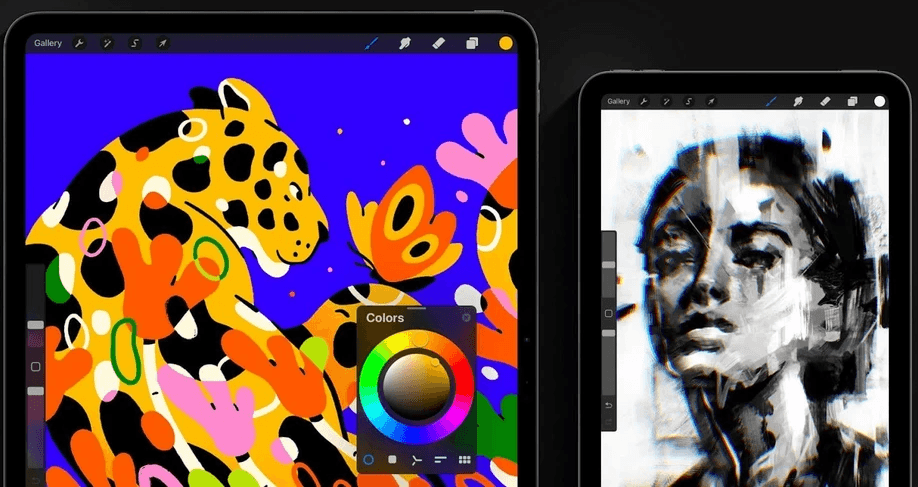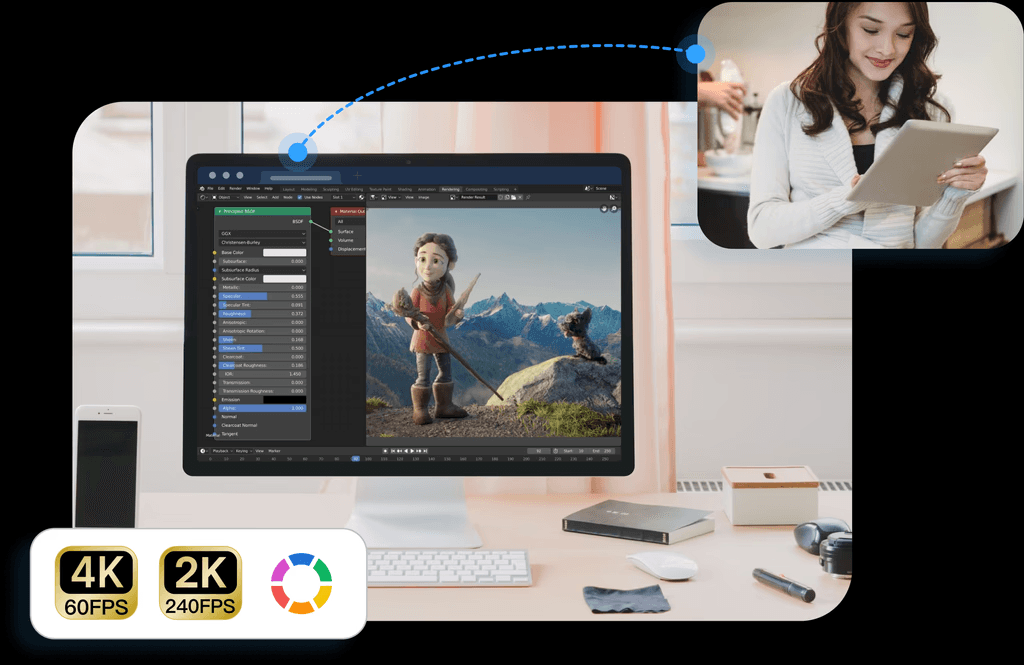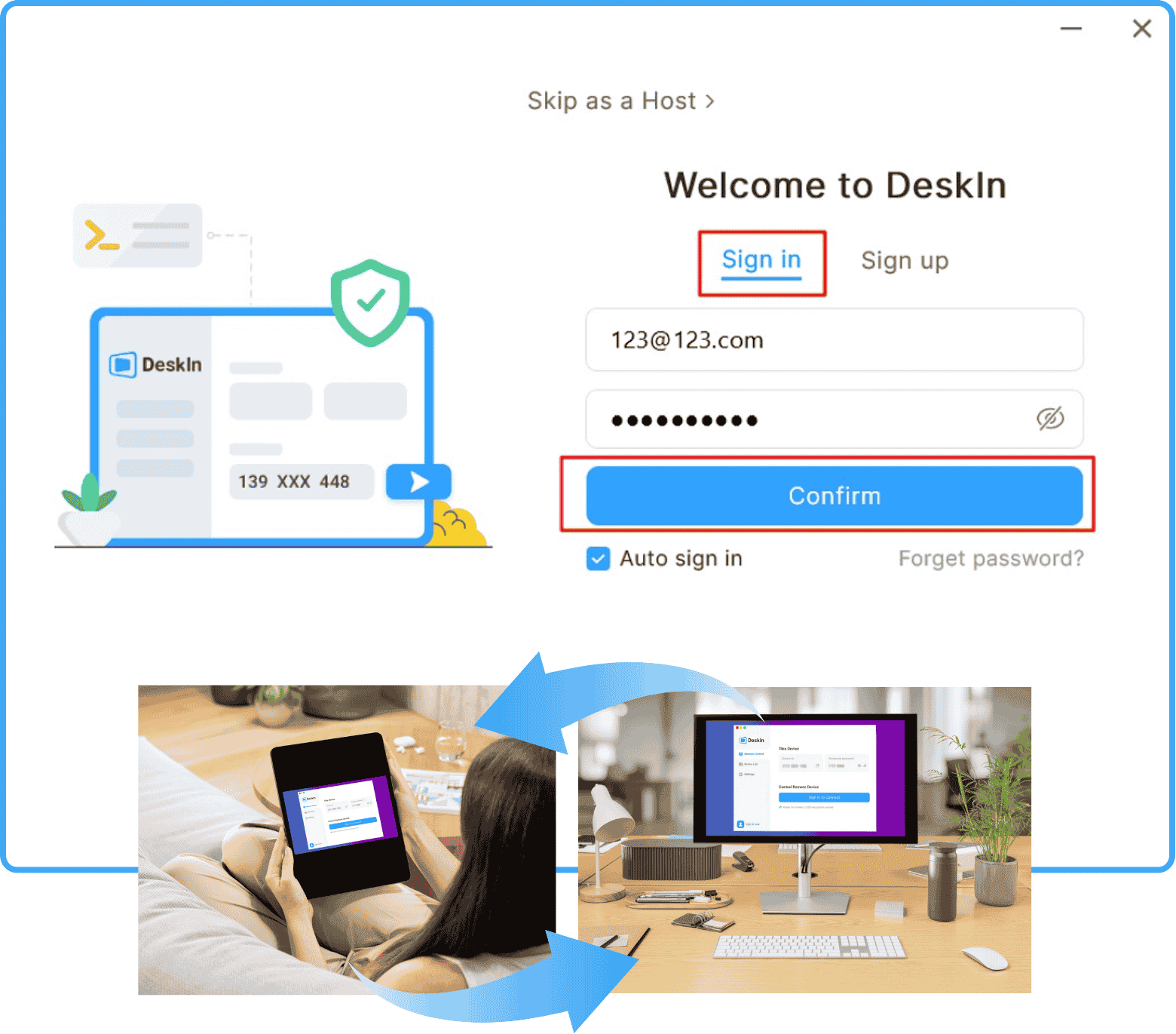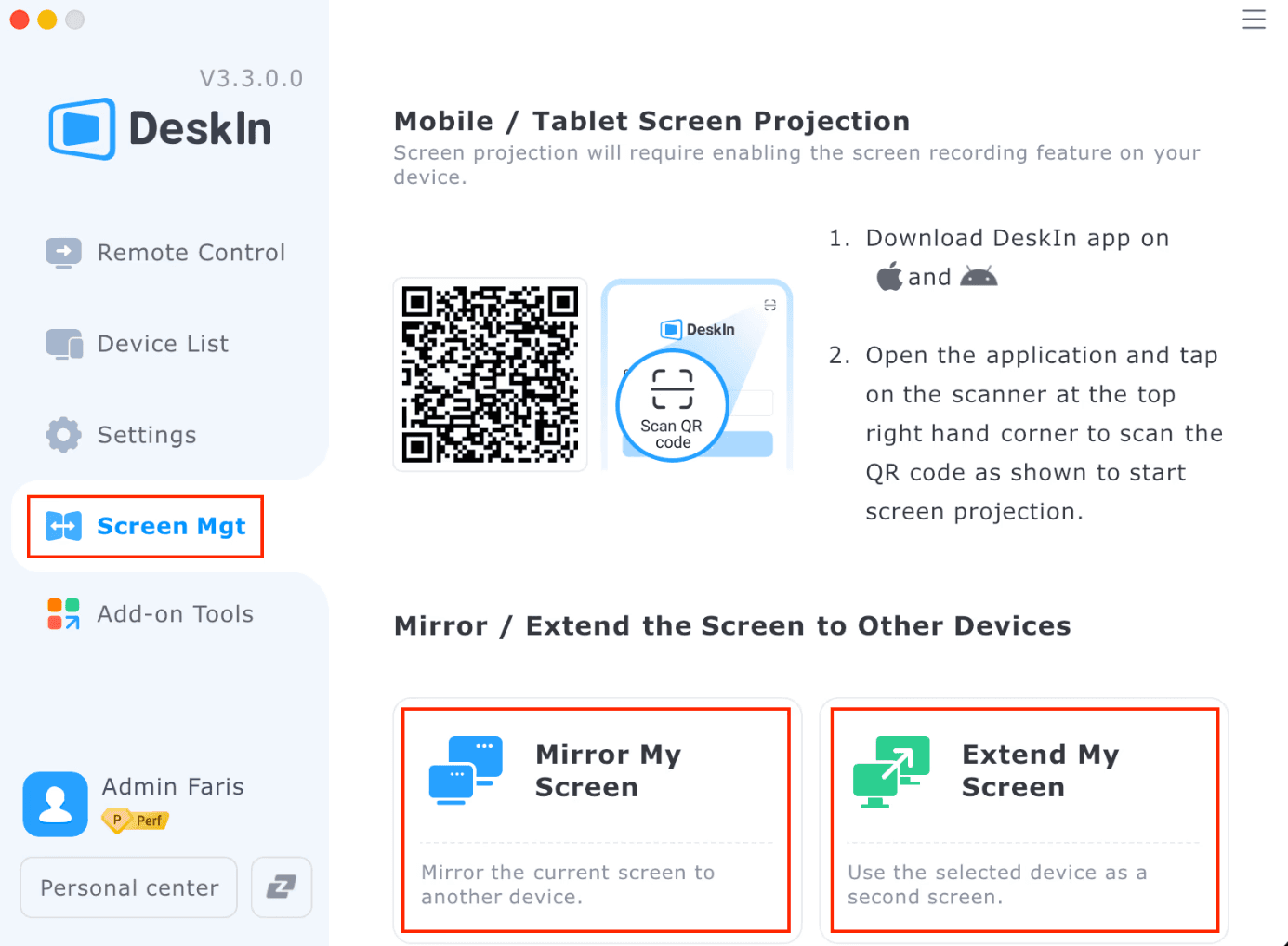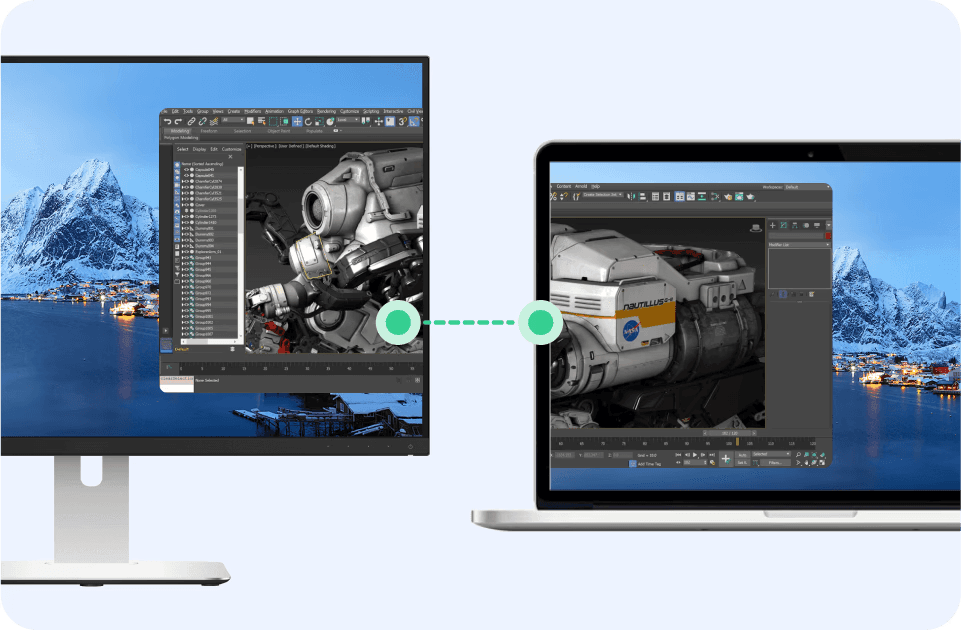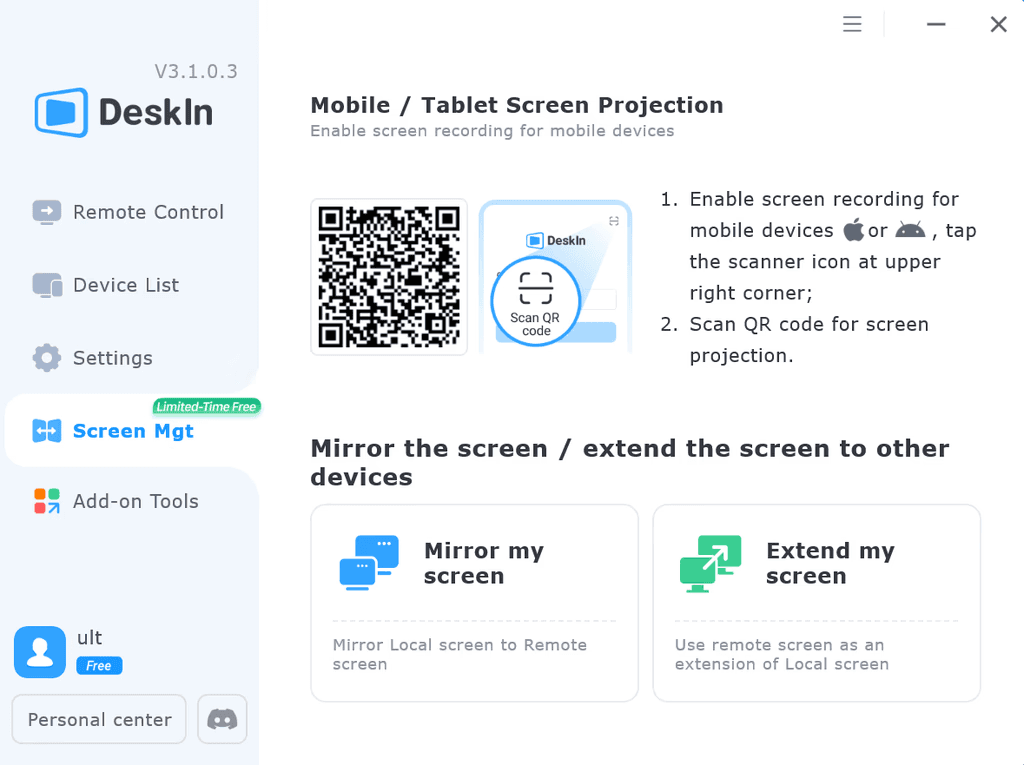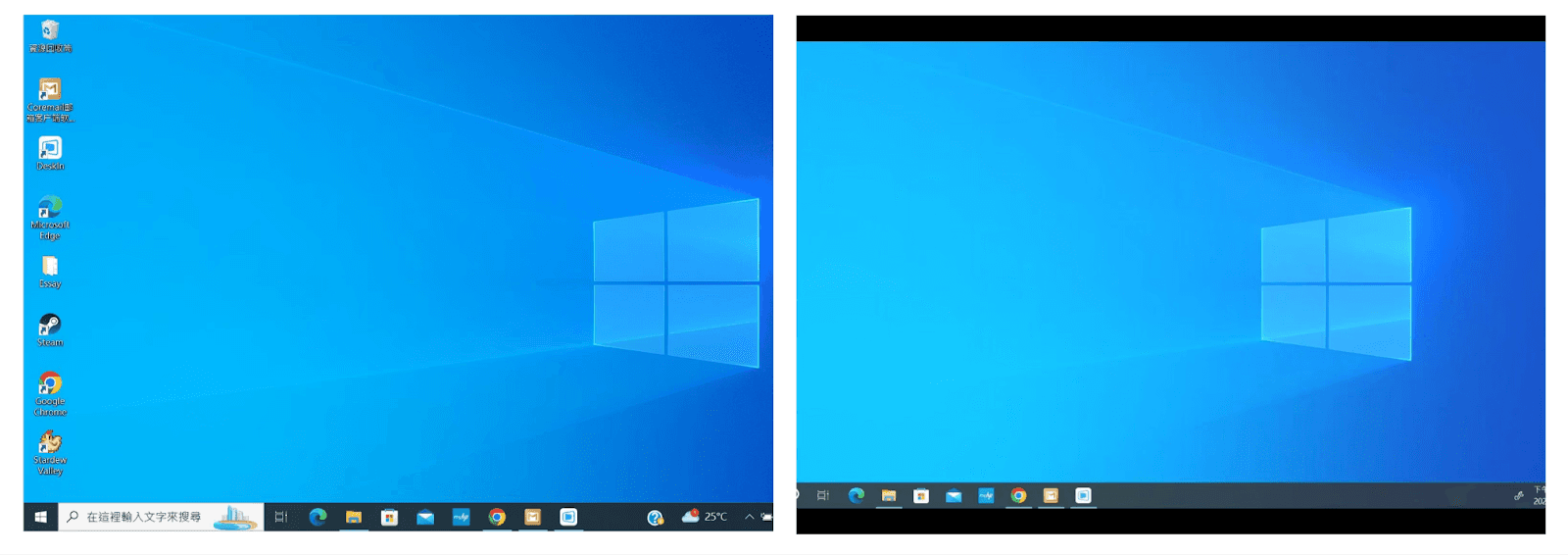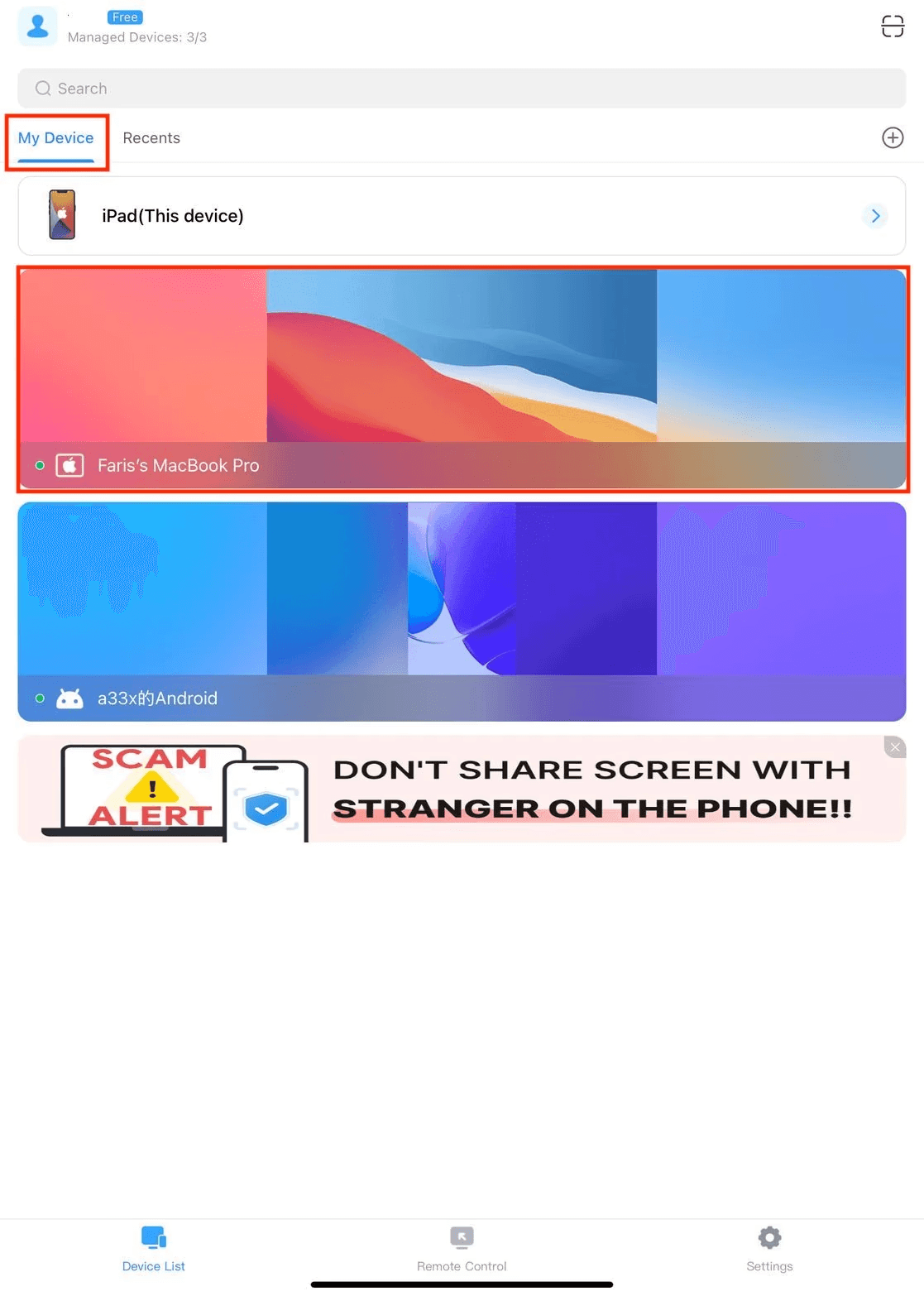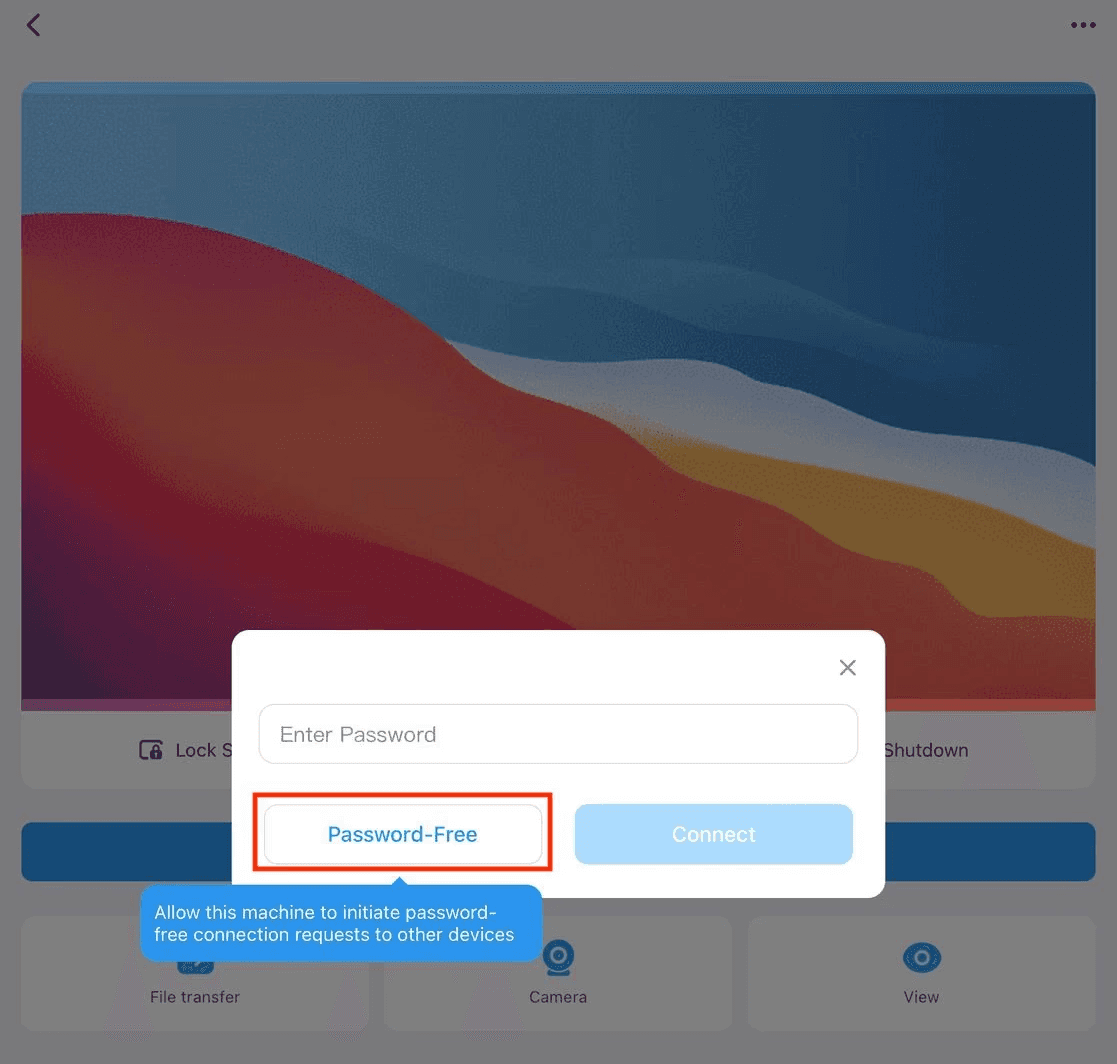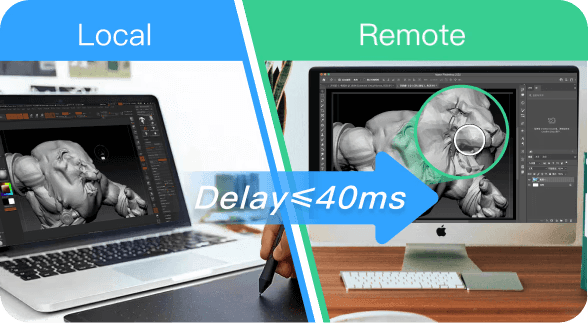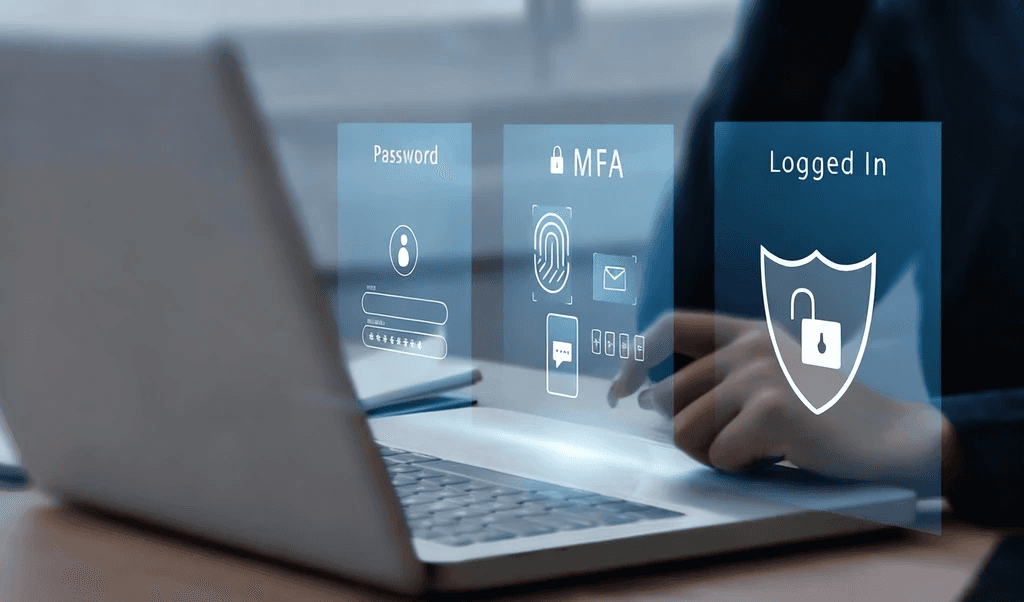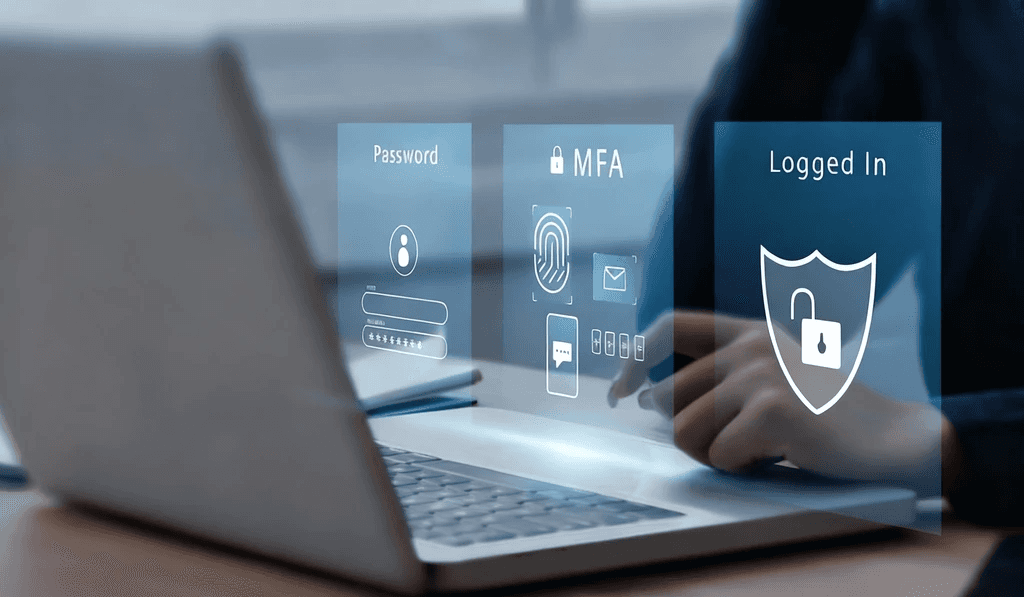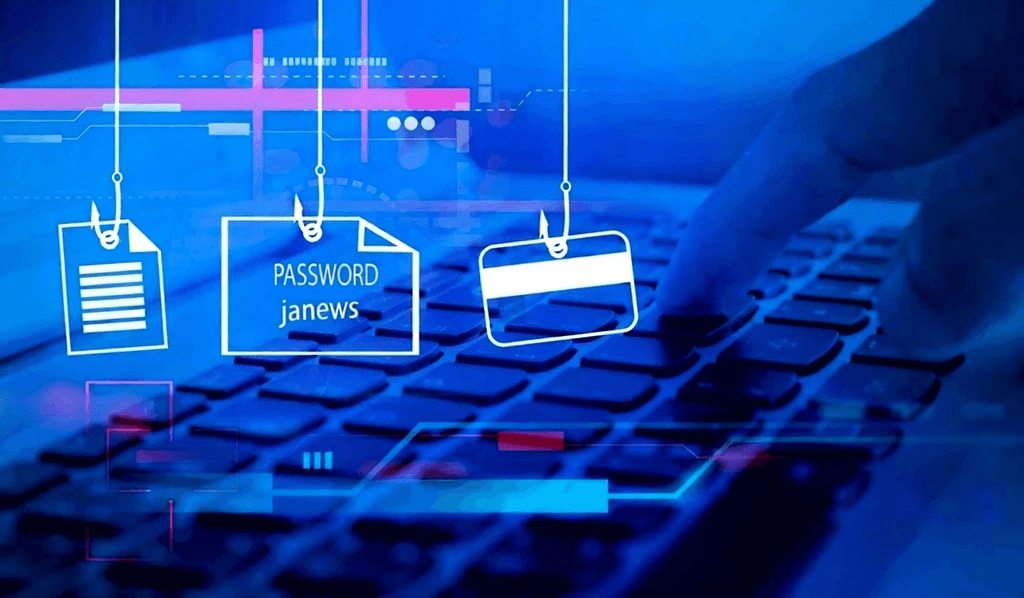パンデミック後の時代において、テレワークやリモートコラボレーションはますます一般的になっています。適切なリモートデスクトップを選ぶことは、あなたの仕事に大いに役立ちます。各リモートソフトウェアには、それぞれ強みと限界があります。この記事では、代表的なリモートデスクトップソフトウェア3つを比較し、それらの強み、限界、適しているユーザーについて解説します。どれがあなたにとってベストなのか見てみましょう!
1. DeskInリモートデスクトップ
DeskInは市場では比較的新しいリモートデスクトップソフトウェアで、個人ユーザー向けに設計されています。一般的なリモート接続機能に加えて、DeskInはWOL、画面拡張、音声通話、クリップボードの共有などのコラボレーション機能や画面管理機能を提供し、非常に充実した機能システムを持っています。リモートワーク、ITサポート、デザイン、勉強、家族や友人のサポートなど、DeskInはあなたのニーズを満たすソリューションを提供します。
DeskInを使用した人々は、その接続品質を高く評価しています。「DeskInは高精細で低遅延です。非常にスムーズで、リモートワークに大いに役立ちます。」とある技術のセレブがコメントしています。


DeskInの強み:
安定性: 極めて低遅延で、接続時間制限なし、無料版でも商業利用可能で、接続は安定して継続します。
高画質: 最大4K60FPSの画像品質と4:4:4フルカラー表示をサポートします。
無制限のファイル転送: ファイル転送にはサイズ、種類、数量の制限はなく、平均12MB/sの高速ファイル転送を実現します。
無料の画面管理機能: 画面拡張、画面ミラーリング、複数画面の操作、プライバシースクリーン
無料のコラボレーション機能: オーディオ通話、テキストチャット、注釈、クリップボードの共有など
コストパフォーマンスが高い: 月々契約でき、価格は月額9.9米ドルから、同時に100台のデバイスにログイン可能です。
使いやすさ: 分かりやすいユーザーインターフェース。求める機能が簡単に見つかり、クロスシステム操作が容易です。
手動調整可能: DeskInは接続セッション中のリアルタイムの接続状態、遅延率、フレームレートを表示し、ネットワーク条件に応じて接続モードや画像品質を調整できます。これはほとんどのリモートデスクトップソフトウェアではできません。
ハードウェアのデコードとエンコード: ハードウェア使用効率を向上させ、デバイスの過熱やクラッシュを避けます。
高いセキュリティ: 256ビット暗号化を使用し、新しいデバイスのログインにはメール認証が必要、ブラックリストとホワイトリストの設定、異なるアカウントでの接続時に手動認証を許可します。
DeskInの制限:
LinuxシステムとGoogle TVはまだサポートされていません。
DeskInを使うべき人は?
DeskInは、複数の個人/チームデバイスを管理する必要がある個人ユーザーや小規模なチーム向けです。いつでもどこでもリモートデバイスへの無人アクセスが可能で、リモートワーク、チームコラボレーション、リモートゲーム、効率向上、リモートサポートのニーズを持つ人々に適しています。

2. Chromeリモートデスクトップ
Chromeリモートデスクトップもよく使用されるリモートデスクトップです。ブラウザから接続セッションを開始することができます。ただし、リモートサポートが必要な場合はデスクトッププログラムが必要で、そのプログラムをインストールできないという不満が多くあります。便利で使いやすいですが、基本機能のみ「リモートサポート」と「リモートアクセス」しか提供しておらず、モバイルデバイスの制御はサポートしていません。

Chromeリモートデスクトップの強み:
インターフェースがシンプルで使いやすい。 ブラウザでリモート接続を開始でき、便利です。
完全無料。
Windows、macOS、Linux、Android、iOSオペレーティングシステムをサポート。
Chromeリモートデスクトップの弱点:
接続品質が悪い: 接続が遅延し、画像品質がぼやけることが多く、すべてが自動調整されます。
機能が限定されている: 基本機能のみ提供。リモートサポートやコラボレーションに必要な機能、ドラッグ&ドロップのファイル転送、リアルタイムのインタラクション、マルチデバイス接続、ショートカットキー、画面管理はサポートされていません。
デバイスの制限: モバイルデバイスを制御できず、1台のコンピュータにしか接続できません。
安全性リスク: 認証にGoogleアカウントに依存。Googleアカウントが漏洩するとリスクが生じる可能性があります。
Chromeリモートデスクトップを使うべき人は?
Chromeリモートデスクトップは、Chromeブラウザを使用している、限られた予算で、リモートデスクトップにあまり多くを求めないユーザーに適しています。たまにリモートデバイスと接続し、簡単な操作を行うだけで済みます。
3. TeamViewer
TeamViewerは最も知られているリモートデスクトップソフトウェアです。ほぼすべてのオペレーションシステムをサポートしており、機能が比較的充実しています。TeamViewerは主に企業ユーザー向けのソフトウェアです。価格が非常に高く、無料版が商業利用と誤認されてユーザーを困らせることがあります。有料版でのいくつかの機能は管理向けであり、一般の個人ユーザーには必ずしも必要ありません。

TeamViewerの強み:
ほぼすべてのオペレーションシステムをサポート: Windows、macOS、Linux、iOS、Android、Chrome OS、Universal Windows Platform (UWP)、BlackBerryをサポート。
接続品質が良い。 モバイルデバイスでは途切れや遅延が時折ありますが、全体的には非常に安定しています。
管理機能とコラボレーション機能が比較的充実。
高いセキュリティ: RSA公開/秘密キー交換とAES(256ビット)セッション暗号化を使用。
TeamViewerの弱点:
無料版の制約: 無料版は商業利用が禁止されています。ただし、商業利用として検出されて接続が遮断されることがよくあります。
高価: TeamViewerの有料版は非常に高価で、年間契約のみ可能です。
複雑なインターフェース: 新しいTeamViewerインターフェースは複雑で使いにくく、モバイルデバイスでの操作が少なく、使いやすくありません。
アプリが多すぎる: モバイルデバイスは操作するために別のプログラムをインストールする必要があります。
ファイル送信の遅さ: 複数のリモートソフトウェアを比較したところ、TeamViewerのファイル転送速度はかなり遅く、4GBを超えるファイルは許可されていません。
TeamViewerを使うべき人は?
高価格、複雑な利用、有料版の制約から、TeamViewerは個人ユーザーには向いていませんが、デバイス管理に対する要求が高く、十分な予算を持っている企業ユーザー向けです。特に、企業技術サポートのニーズを持つ人々に適しています。
まとめ: 今すぐDeskInリモートソフトウェアを無料で始めましょう
この記事では、無料で代表的なリモートデスクトップソフトウェア——DeskIn、Chrome Remote Desktop、そしてTeamViewerを比較し、誰がそれらを使用すべきかを分析しました。複数のリモートデバイスを管理する必要がある個人ユーザーまたは小規模ビジネスユーザーであれば、DeskInリモートソフトウェアが間違いなくあなたにとって最適な選択です。今すぐダウンロードして試してみてください!

パンデミック後の時代において、テレワークやリモートコラボレーションはますます一般的になっています。適切なリモートデスクトップを選ぶことは、あなたの仕事に大いに役立ちます。各リモートソフトウェアには、それぞれ強みと限界があります。この記事では、代表的なリモートデスクトップソフトウェア3つを比較し、それらの強み、限界、適しているユーザーについて解説します。どれがあなたにとってベストなのか見てみましょう!
1. DeskInリモートデスクトップ
DeskInは市場では比較的新しいリモートデスクトップソフトウェアで、個人ユーザー向けに設計されています。一般的なリモート接続機能に加えて、DeskInはWOL、画面拡張、音声通話、クリップボードの共有などのコラボレーション機能や画面管理機能を提供し、非常に充実した機能システムを持っています。リモートワーク、ITサポート、デザイン、勉強、家族や友人のサポートなど、DeskInはあなたのニーズを満たすソリューションを提供します。
DeskInを使用した人々は、その接続品質を高く評価しています。「DeskInは高精細で低遅延です。非常にスムーズで、リモートワークに大いに役立ちます。」とある技術のセレブがコメントしています。


DeskInの強み:
安定性: 極めて低遅延で、接続時間制限なし、無料版でも商業利用可能で、接続は安定して継続します。
高画質: 最大4K60FPSの画像品質と4:4:4フルカラー表示をサポートします。
無制限のファイル転送: ファイル転送にはサイズ、種類、数量の制限はなく、平均12MB/sの高速ファイル転送を実現します。
無料の画面管理機能: 画面拡張、画面ミラーリング、複数画面の操作、プライバシースクリーン
無料のコラボレーション機能: オーディオ通話、テキストチャット、注釈、クリップボードの共有など
コストパフォーマンスが高い: 月々契約でき、価格は月額9.9米ドルから、同時に100台のデバイスにログイン可能です。
使いやすさ: 分かりやすいユーザーインターフェース。求める機能が簡単に見つかり、クロスシステム操作が容易です。
手動調整可能: DeskInは接続セッション中のリアルタイムの接続状態、遅延率、フレームレートを表示し、ネットワーク条件に応じて接続モードや画像品質を調整できます。これはほとんどのリモートデスクトップソフトウェアではできません。
ハードウェアのデコードとエンコード: ハードウェア使用効率を向上させ、デバイスの過熱やクラッシュを避けます。
高いセキュリティ: 256ビット暗号化を使用し、新しいデバイスのログインにはメール認証が必要、ブラックリストとホワイトリストの設定、異なるアカウントでの接続時に手動認証を許可します。
DeskInの制限:
LinuxシステムとGoogle TVはまだサポートされていません。
DeskInを使うべき人は?
DeskInは、複数の個人/チームデバイスを管理する必要がある個人ユーザーや小規模なチーム向けです。いつでもどこでもリモートデバイスへの無人アクセスが可能で、リモートワーク、チームコラボレーション、リモートゲーム、効率向上、リモートサポートのニーズを持つ人々に適しています。

2. Chromeリモートデスクトップ
Chromeリモートデスクトップもよく使用されるリモートデスクトップです。ブラウザから接続セッションを開始することができます。ただし、リモートサポートが必要な場合はデスクトッププログラムが必要で、そのプログラムをインストールできないという不満が多くあります。便利で使いやすいですが、基本機能のみ「リモートサポート」と「リモートアクセス」しか提供しておらず、モバイルデバイスの制御はサポートしていません。

Chromeリモートデスクトップの強み:
インターフェースがシンプルで使いやすい。 ブラウザでリモート接続を開始でき、便利です。
完全無料。
Windows、macOS、Linux、Android、iOSオペレーティングシステムをサポート。
Chromeリモートデスクトップの弱点:
接続品質が悪い: 接続が遅延し、画像品質がぼやけることが多く、すべてが自動調整されます。
機能が限定されている: 基本機能のみ提供。リモートサポートやコラボレーションに必要な機能、ドラッグ&ドロップのファイル転送、リアルタイムのインタラクション、マルチデバイス接続、ショートカットキー、画面管理はサポートされていません。
デバイスの制限: モバイルデバイスを制御できず、1台のコンピュータにしか接続できません。
安全性リスク: 認証にGoogleアカウントに依存。Googleアカウントが漏洩するとリスクが生じる可能性があります。
Chromeリモートデスクトップを使うべき人は?
Chromeリモートデスクトップは、Chromeブラウザを使用している、限られた予算で、リモートデスクトップにあまり多くを求めないユーザーに適しています。たまにリモートデバイスと接続し、簡単な操作を行うだけで済みます。
3. TeamViewer
TeamViewerは最も知られているリモートデスクトップソフトウェアです。ほぼすべてのオペレーションシステムをサポートしており、機能が比較的充実しています。TeamViewerは主に企業ユーザー向けのソフトウェアです。価格が非常に高く、無料版が商業利用と誤認されてユーザーを困らせることがあります。有料版でのいくつかの機能は管理向けであり、一般の個人ユーザーには必ずしも必要ありません。

TeamViewerの強み:
ほぼすべてのオペレーションシステムをサポート: Windows、macOS、Linux、iOS、Android、Chrome OS、Universal Windows Platform (UWP)、BlackBerryをサポート。
接続品質が良い。 モバイルデバイスでは途切れや遅延が時折ありますが、全体的には非常に安定しています。
管理機能とコラボレーション機能が比較的充実。
高いセキュリティ: RSA公開/秘密キー交換とAES(256ビット)セッション暗号化を使用。
TeamViewerの弱点:
無料版の制約: 無料版は商業利用が禁止されています。ただし、商業利用として検出されて接続が遮断されることがよくあります。
高価: TeamViewerの有料版は非常に高価で、年間契約のみ可能です。
複雑なインターフェース: 新しいTeamViewerインターフェースは複雑で使いにくく、モバイルデバイスでの操作が少なく、使いやすくありません。
アプリが多すぎる: モバイルデバイスは操作するために別のプログラムをインストールする必要があります。
ファイル送信の遅さ: 複数のリモートソフトウェアを比較したところ、TeamViewerのファイル転送速度はかなり遅く、4GBを超えるファイルは許可されていません。
TeamViewerを使うべき人は?
高価格、複雑な利用、有料版の制約から、TeamViewerは個人ユーザーには向いていませんが、デバイス管理に対する要求が高く、十分な予算を持っている企業ユーザー向けです。特に、企業技術サポートのニーズを持つ人々に適しています。
まとめ: 今すぐDeskInリモートソフトウェアを無料で始めましょう
この記事では、無料で代表的なリモートデスクトップソフトウェア——DeskIn、Chrome Remote Desktop、そしてTeamViewerを比較し、誰がそれらを使用すべきかを分析しました。複数のリモートデバイスを管理する必要がある個人ユーザーまたは小規模ビジネスユーザーであれば、DeskInリモートソフトウェアが間違いなくあなたにとって最適な選択です。今すぐダウンロードして試してみてください!


一度に叶う
遊びも仕事も
DeskInリモートゲーム
今なら14.32米ドル 🎉 7月16日から31日限定
プロモーションコードを追加してください: deskinsummer1




